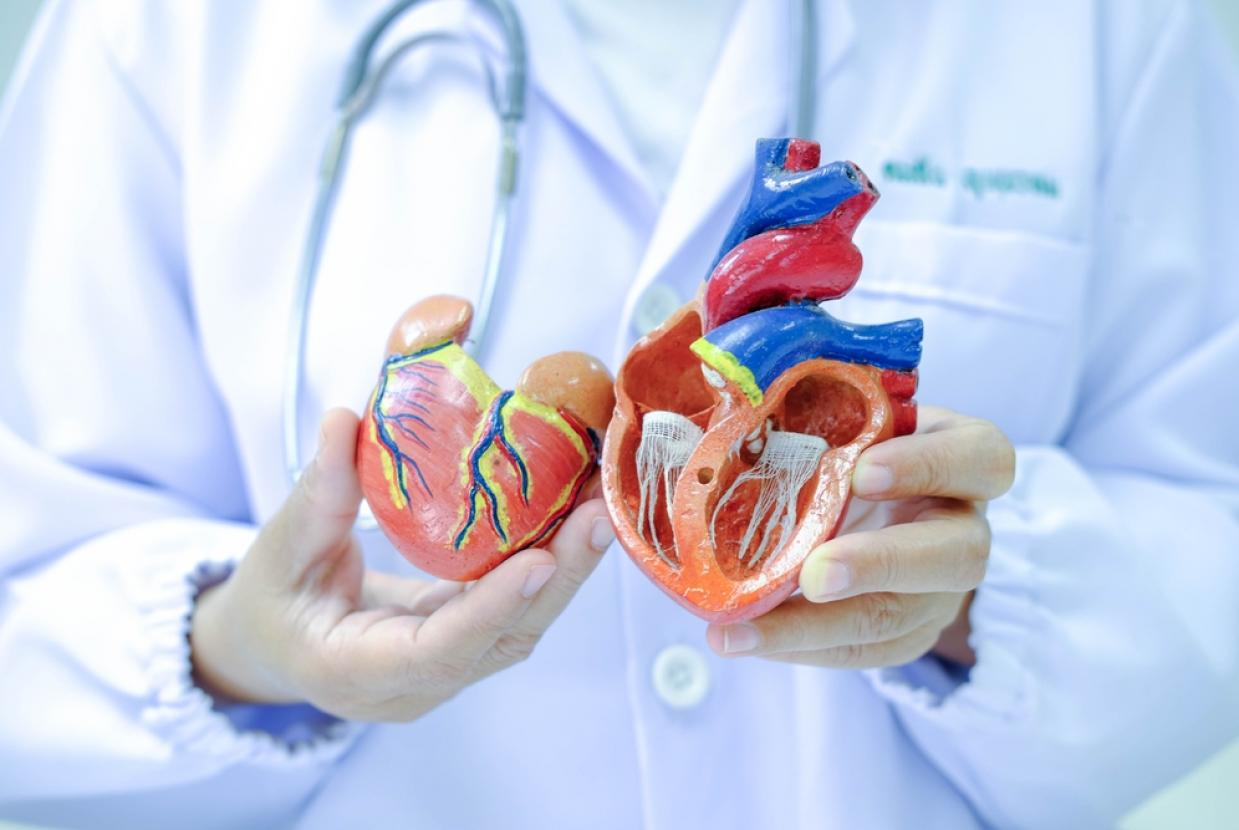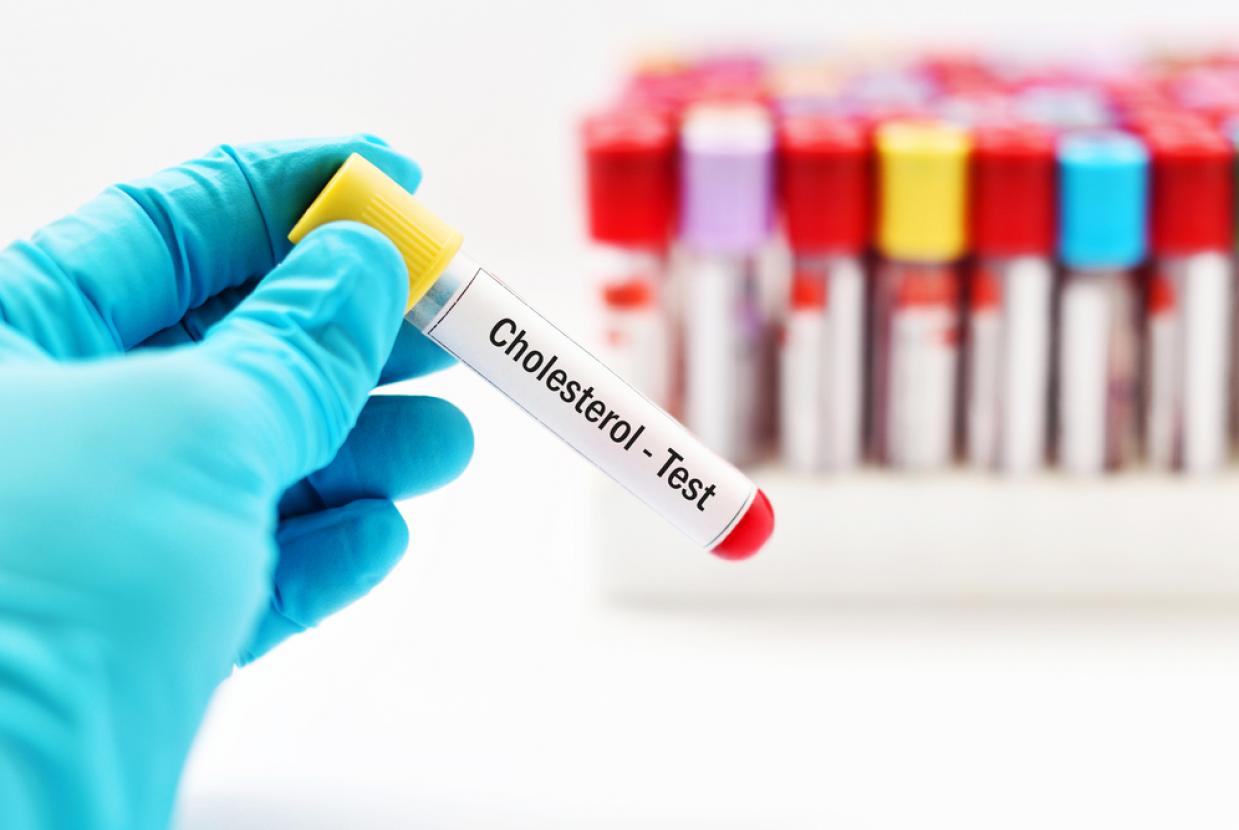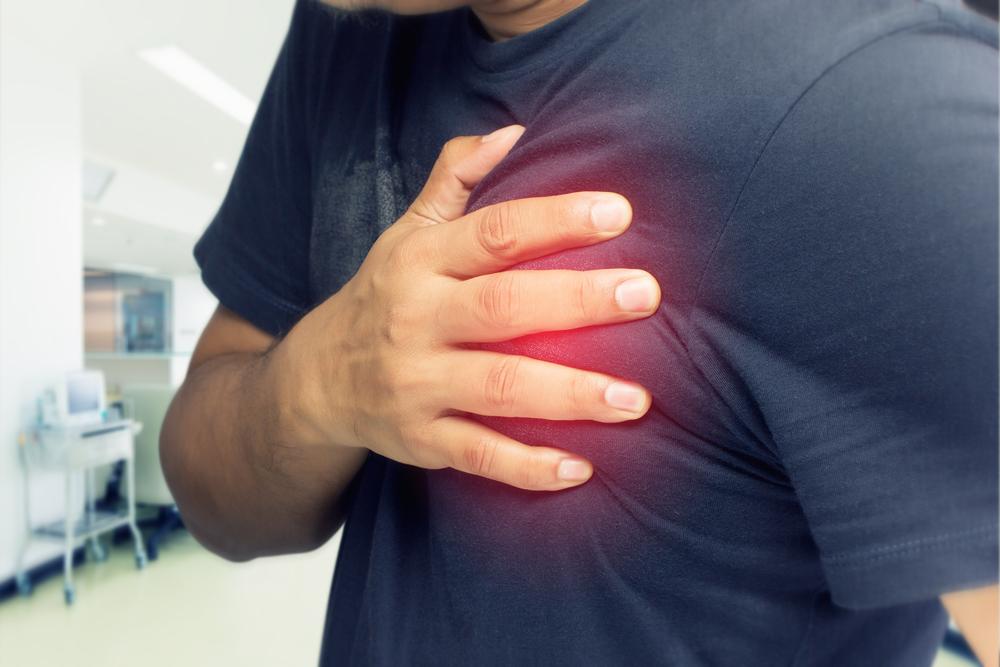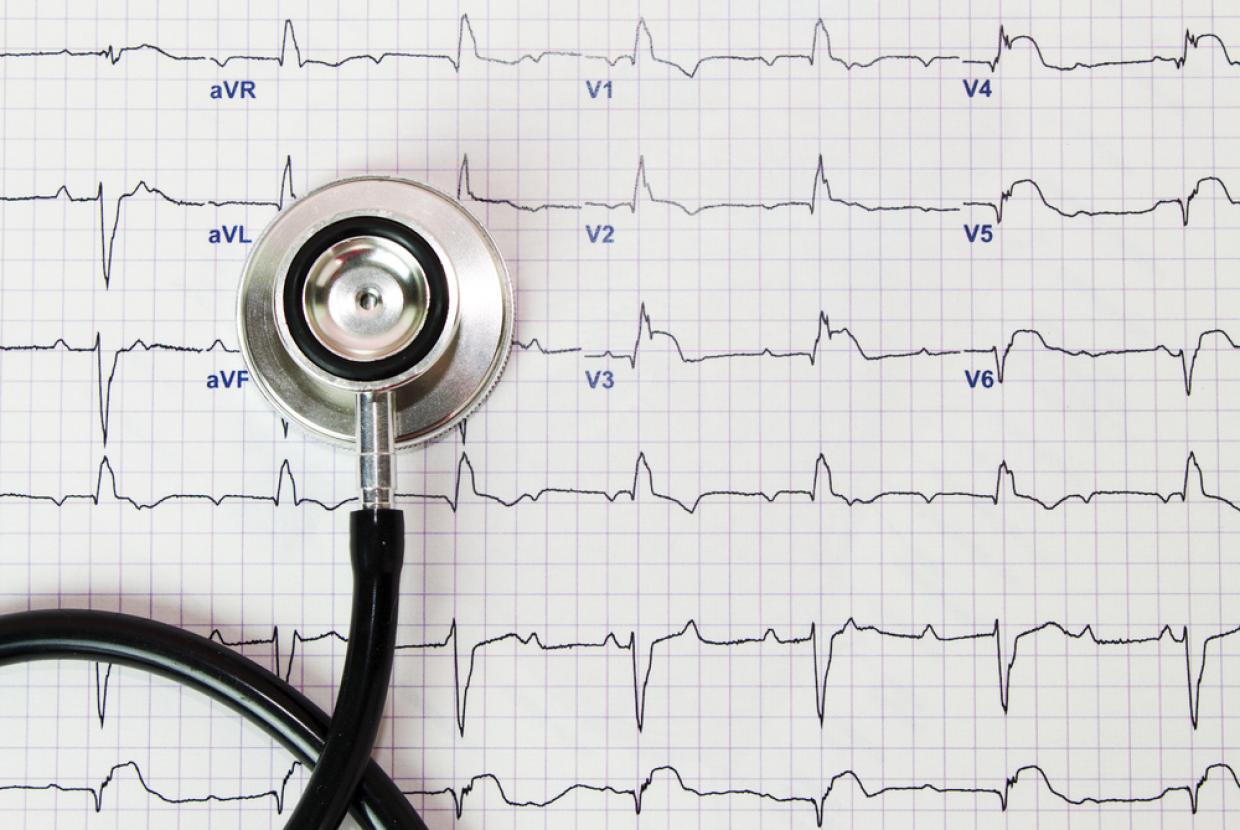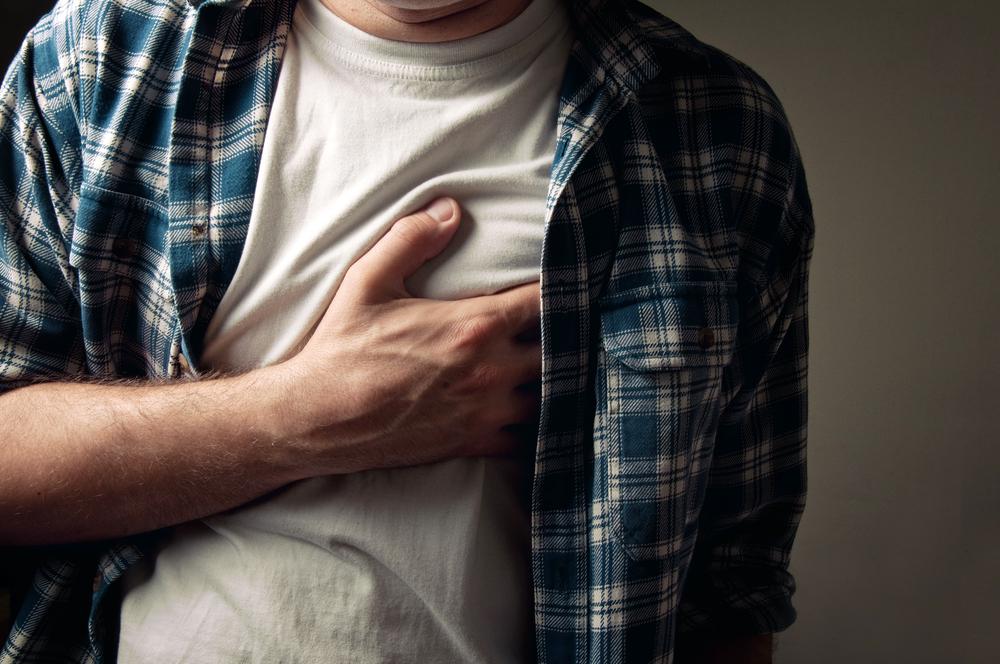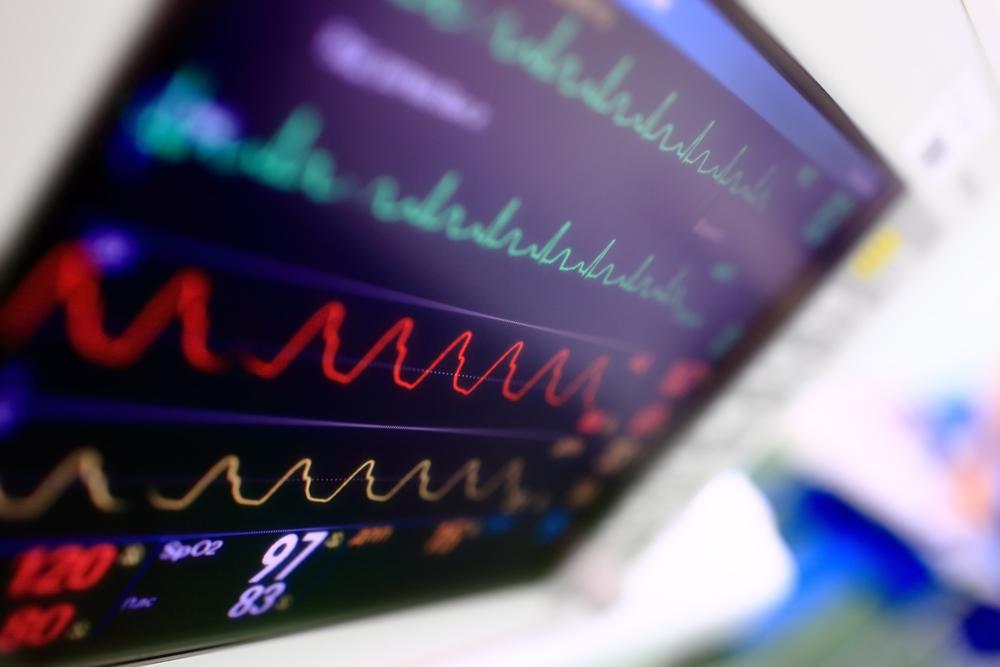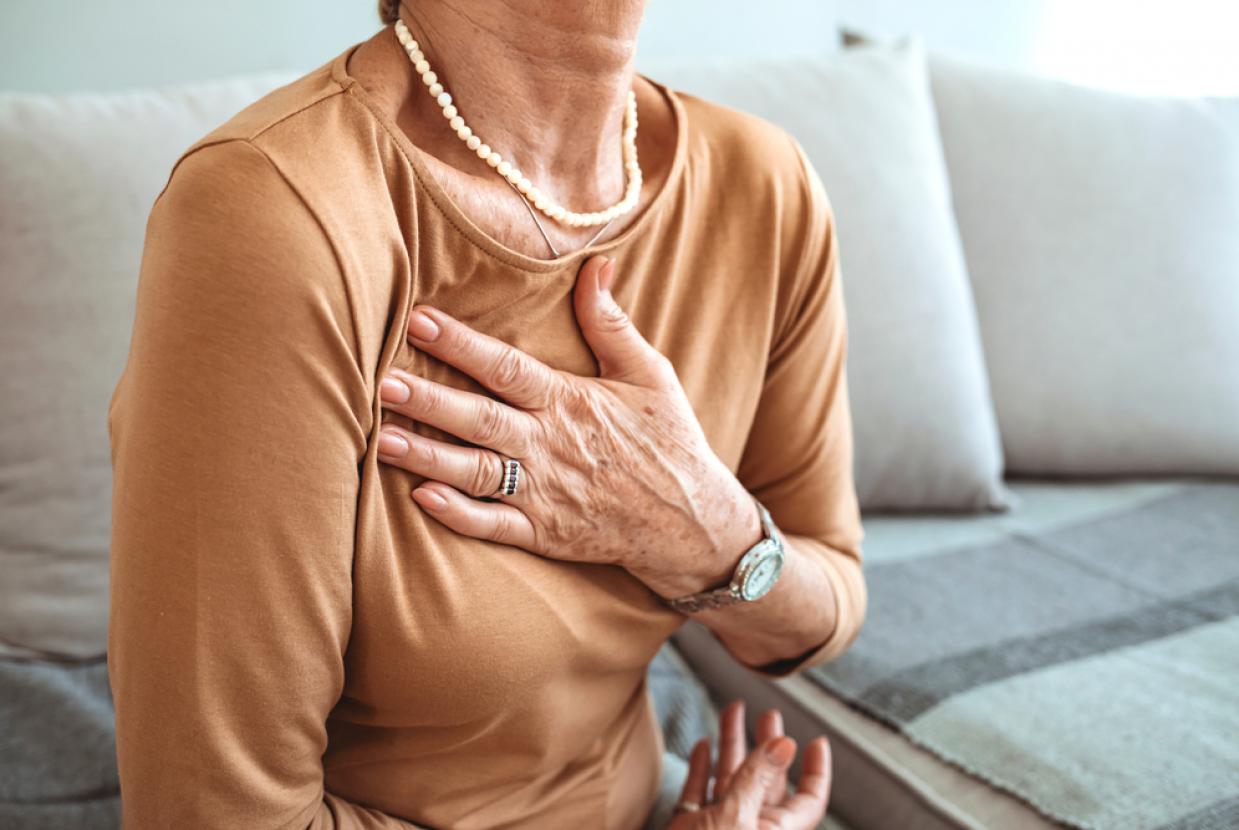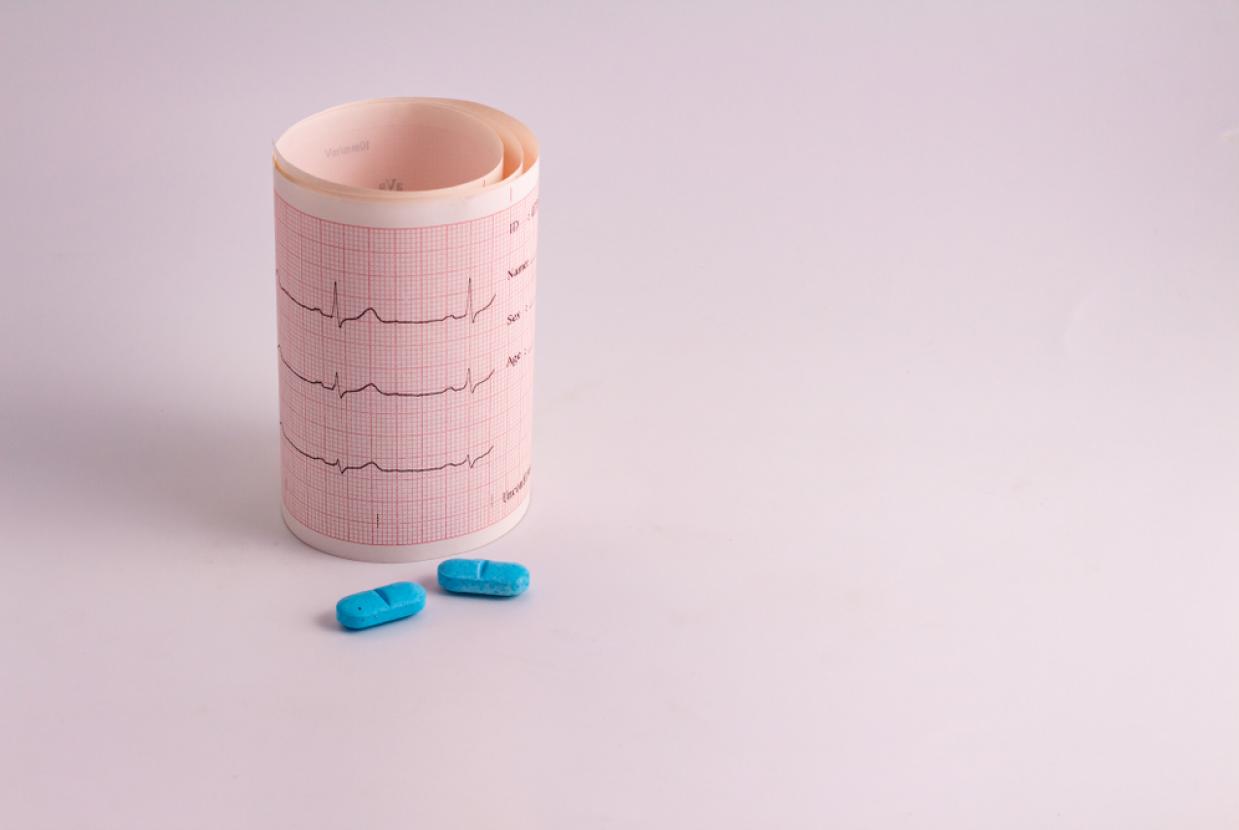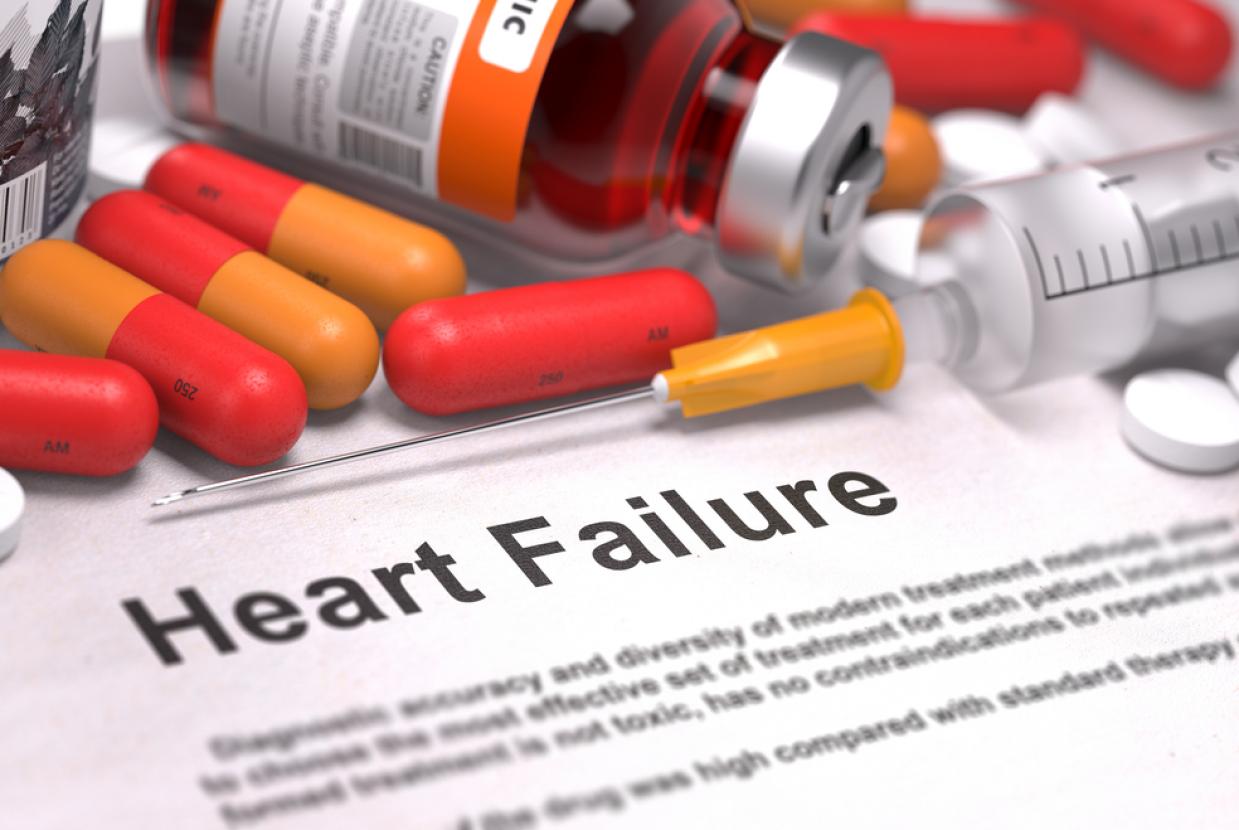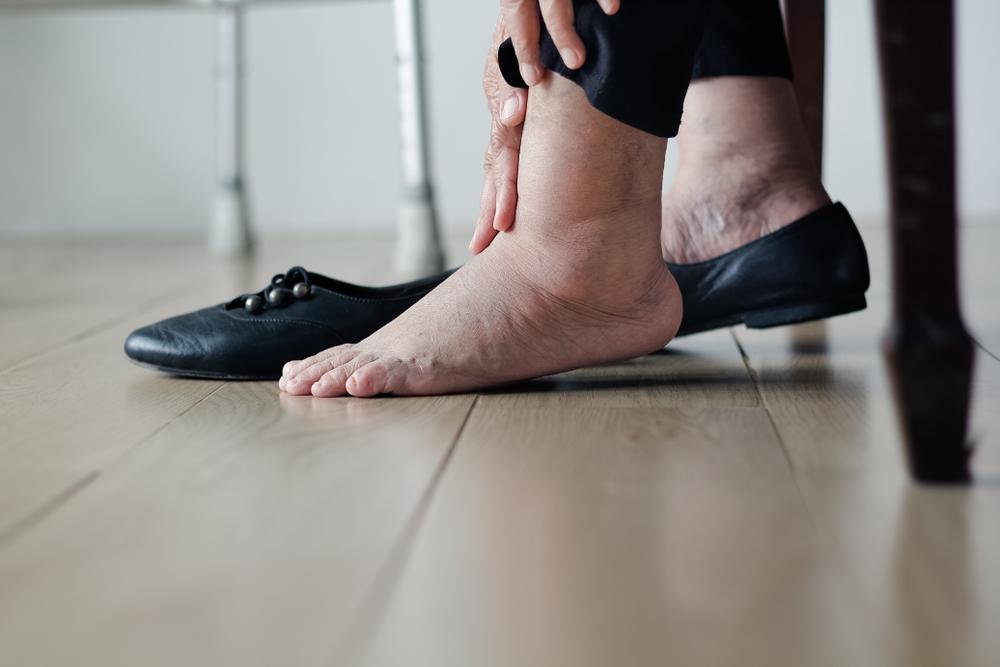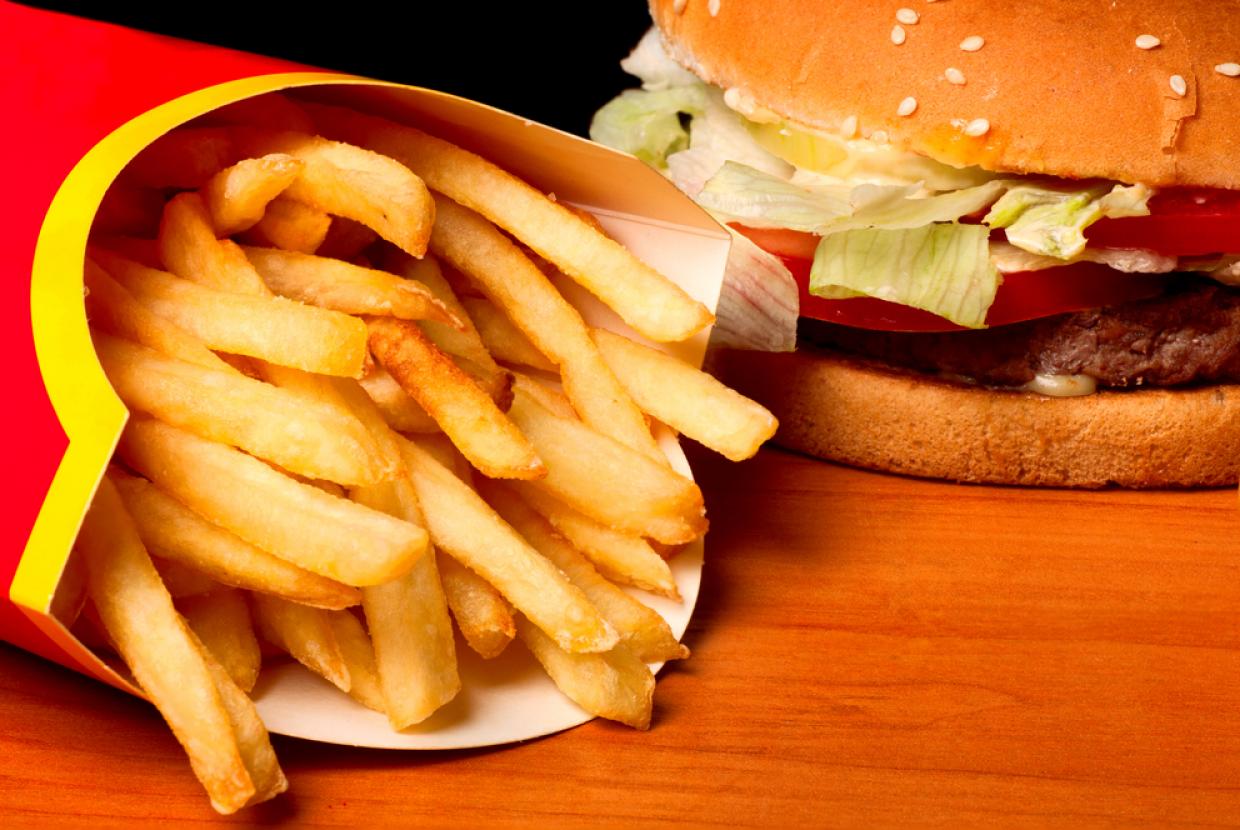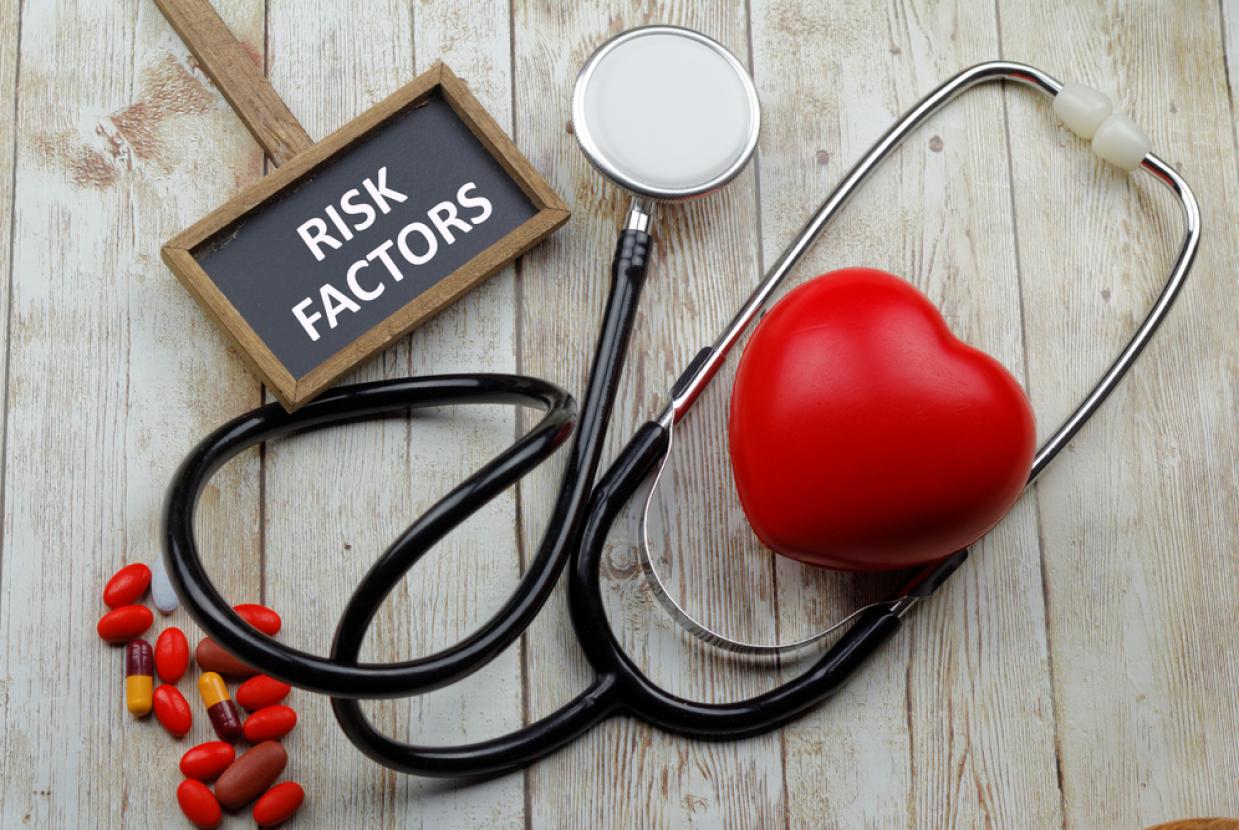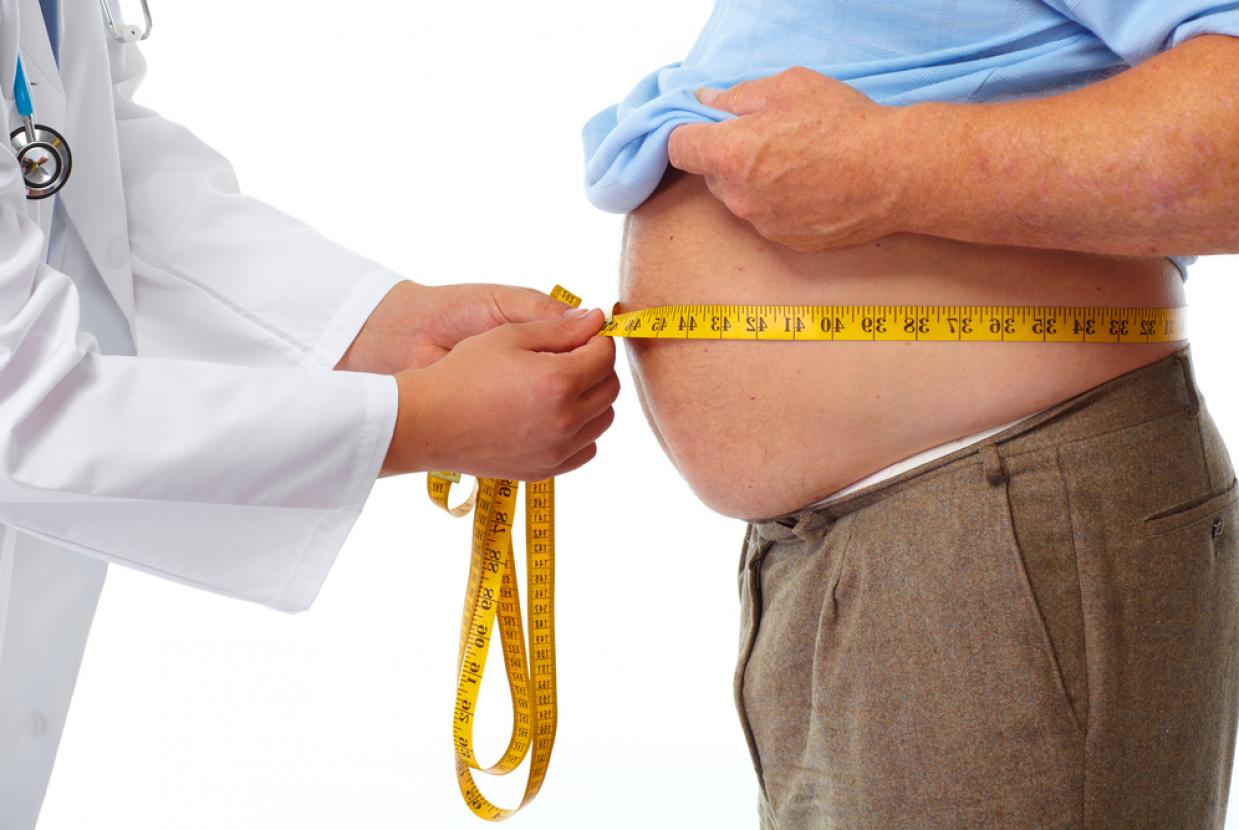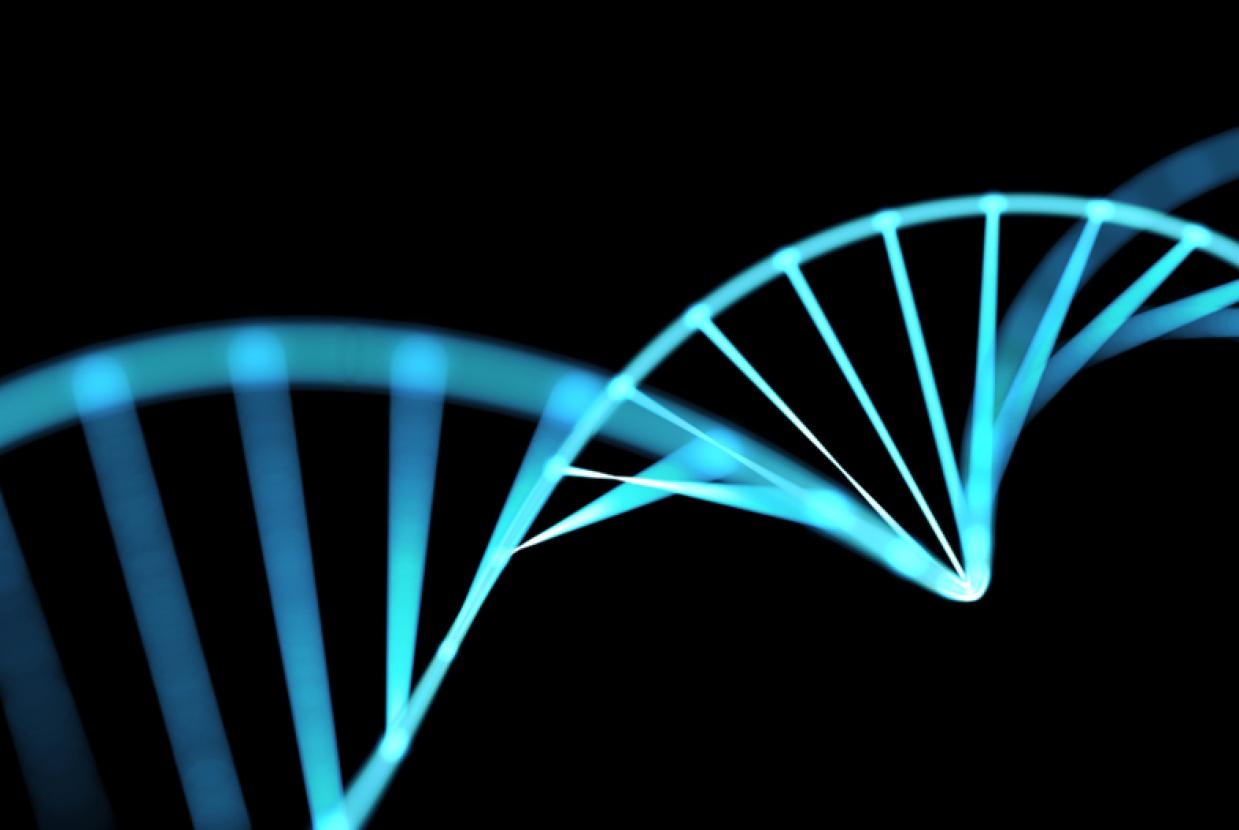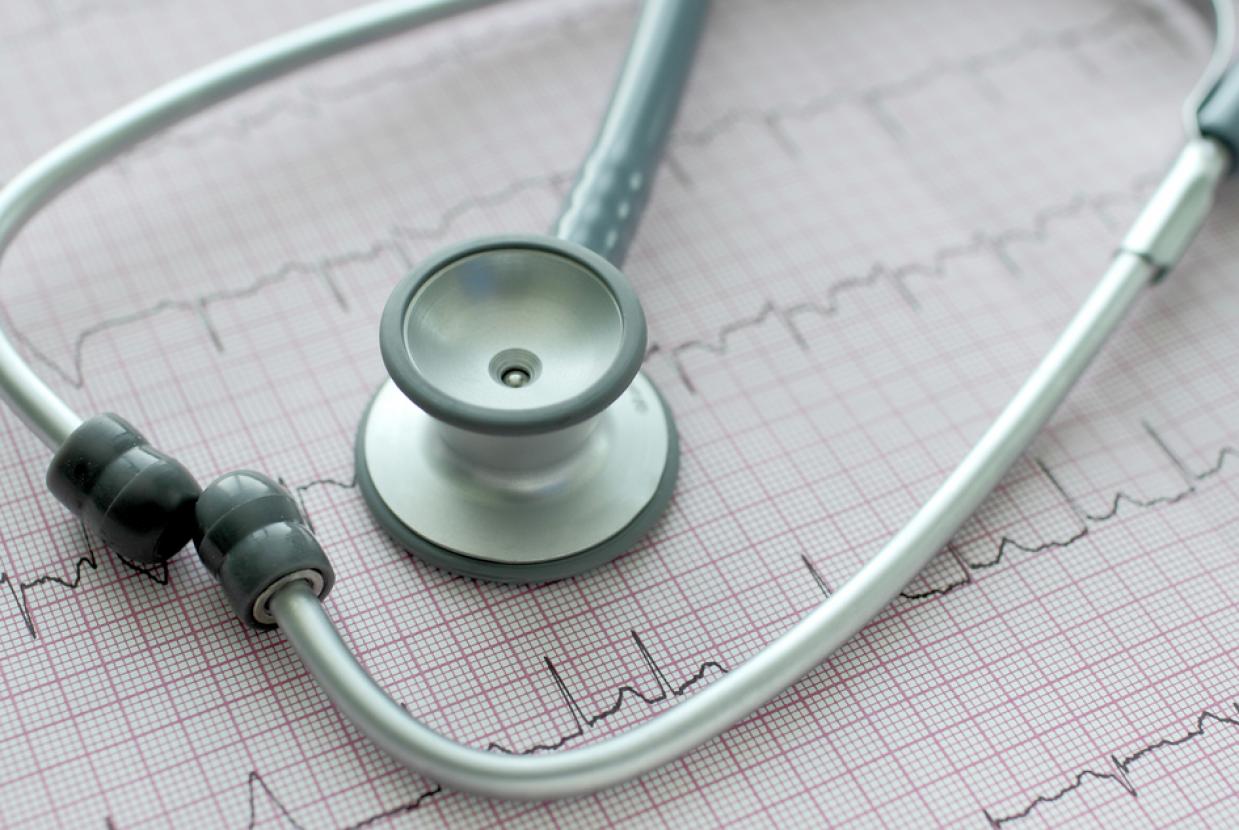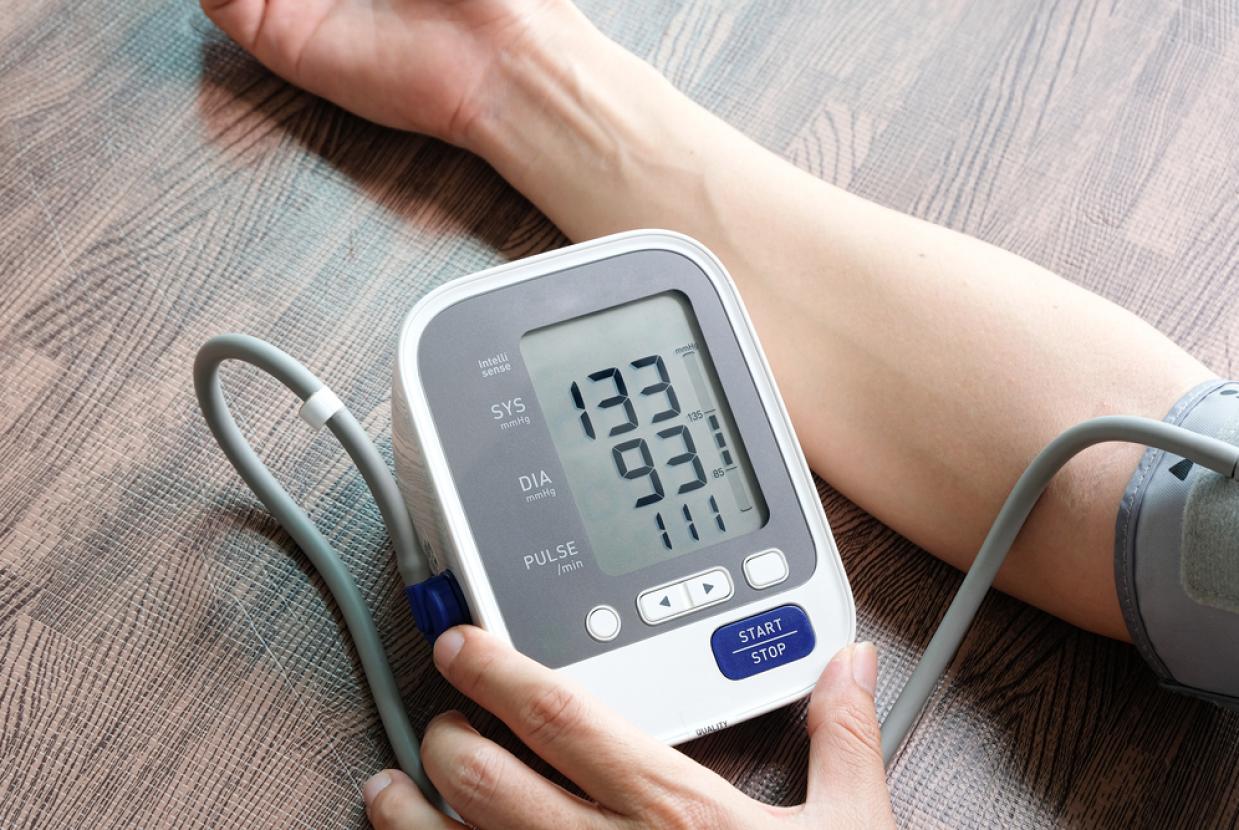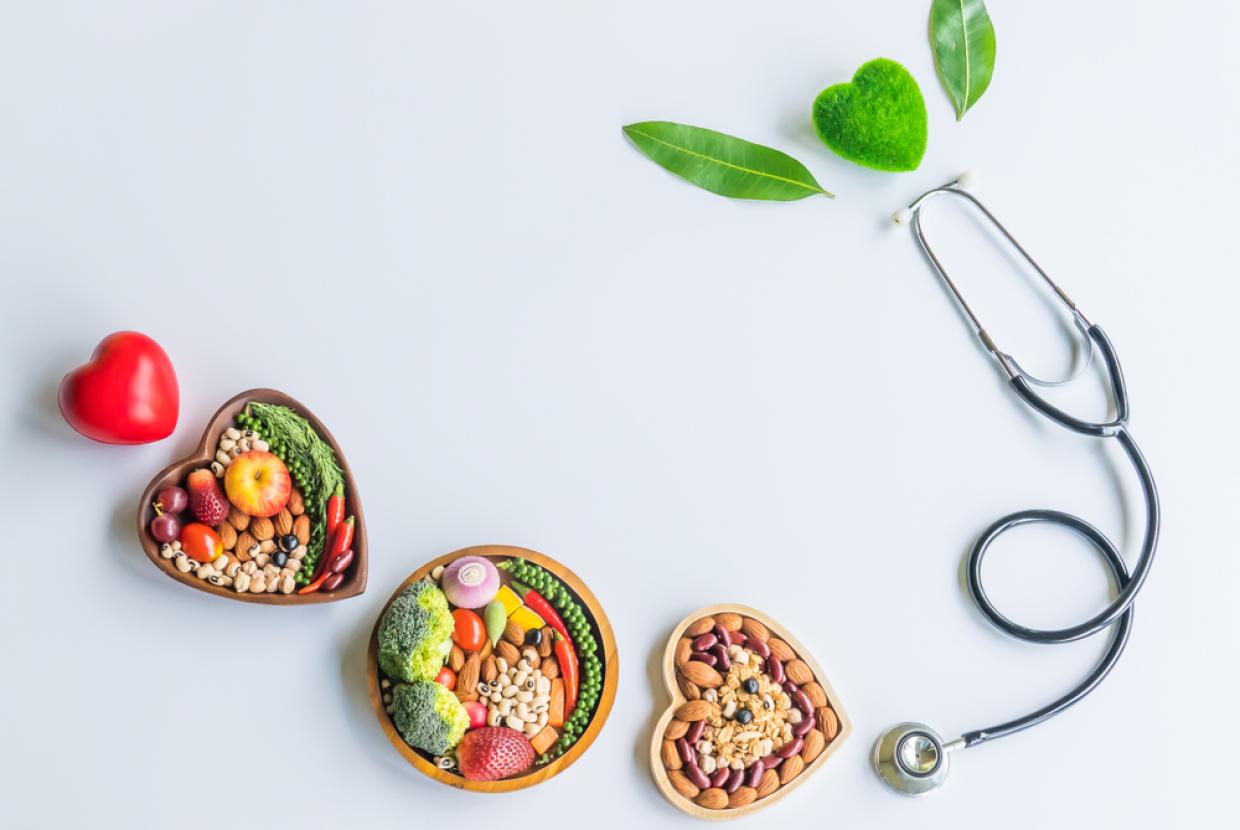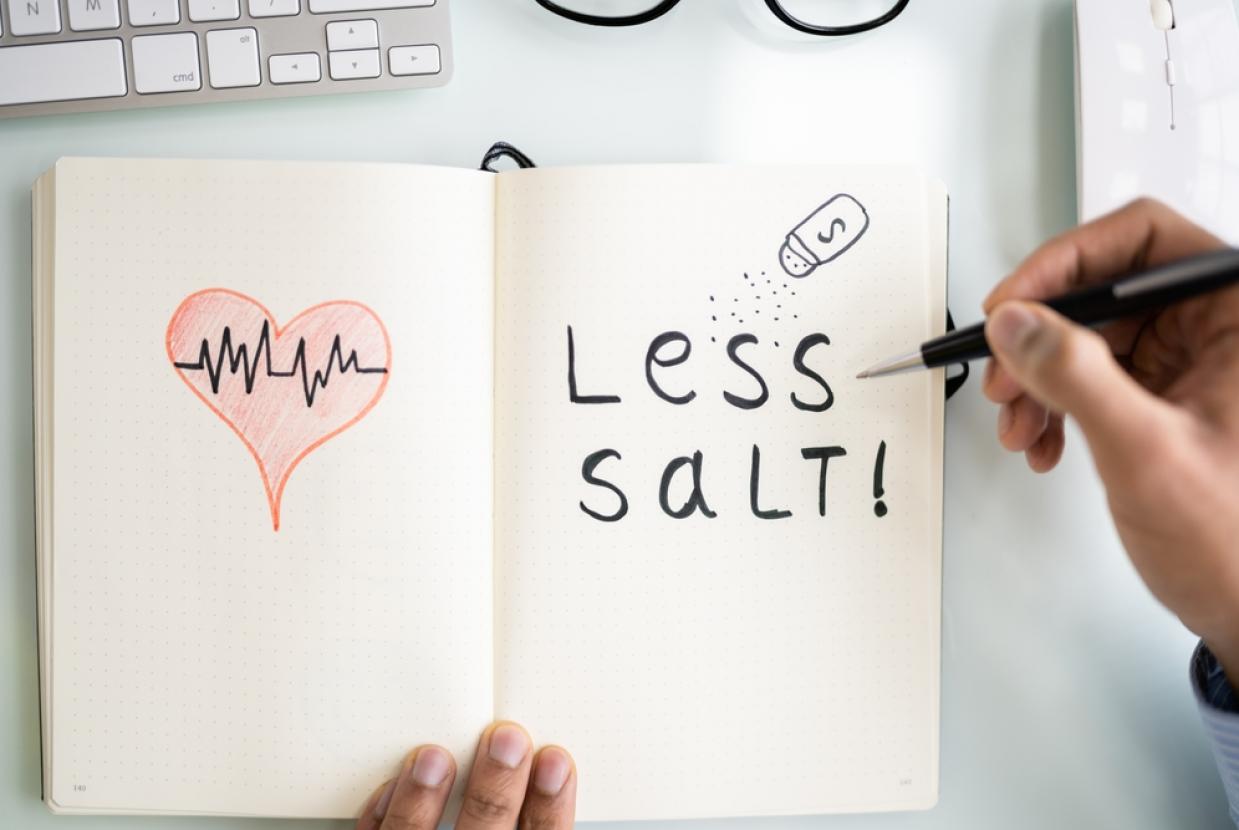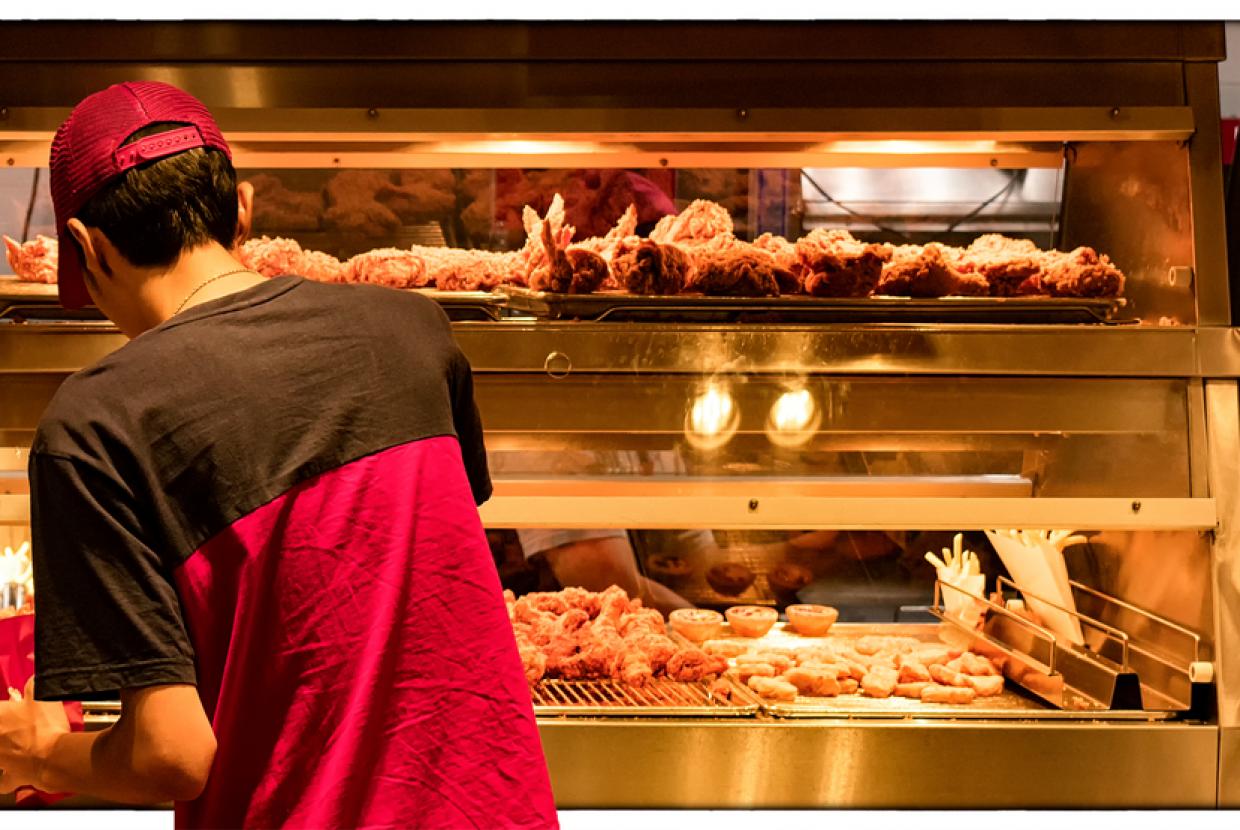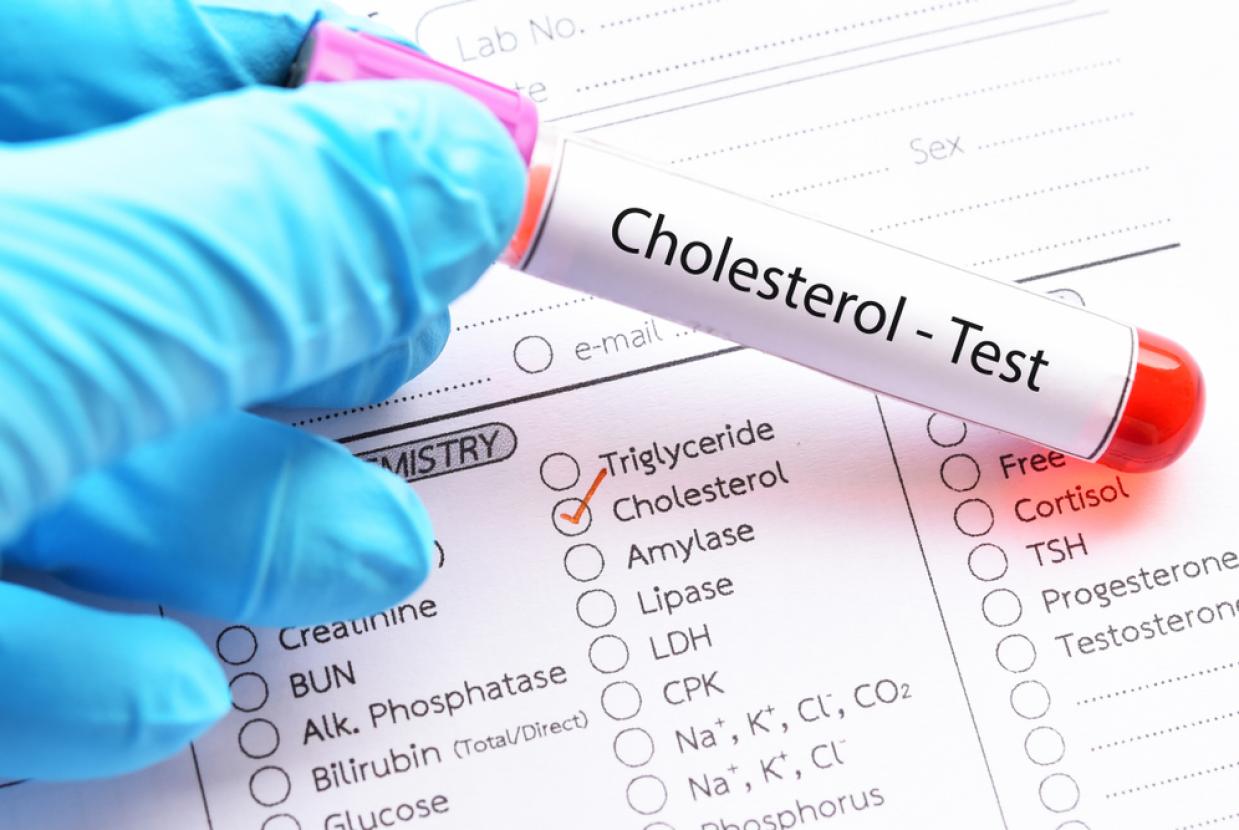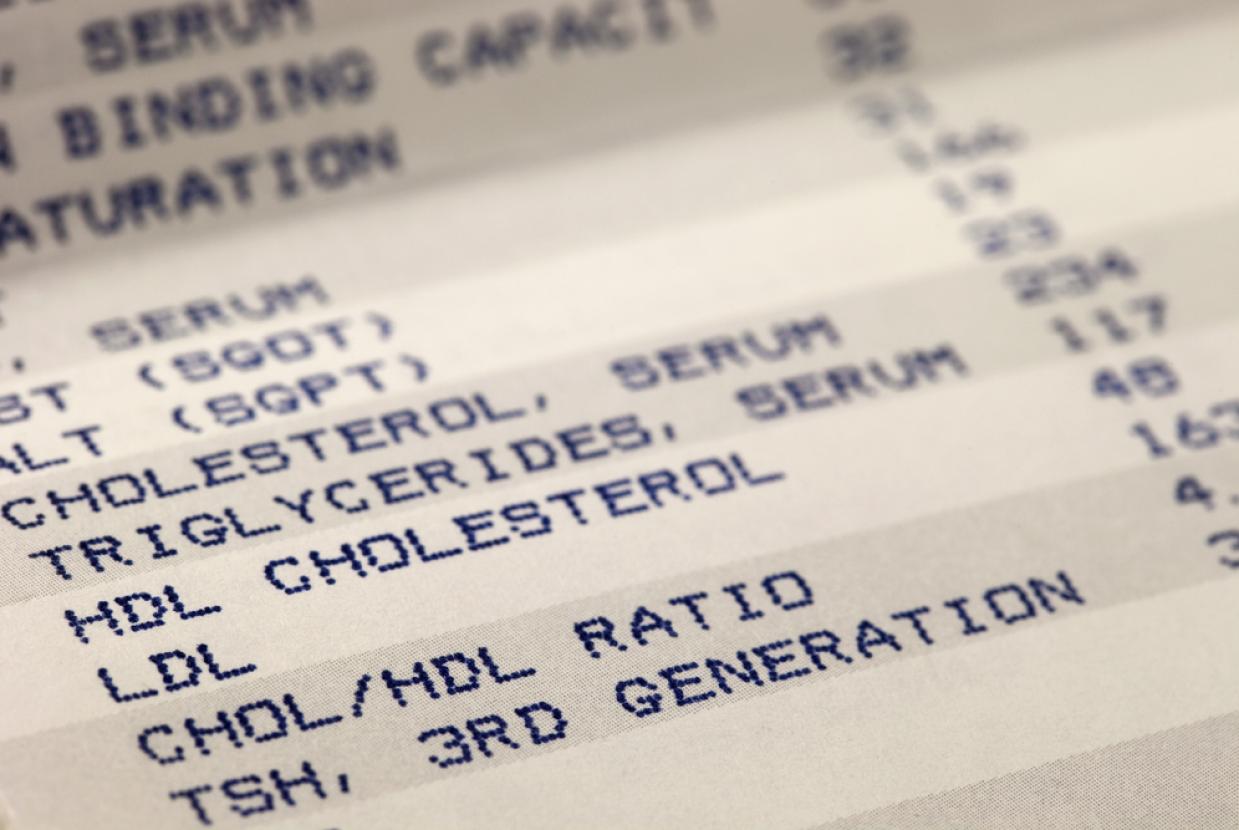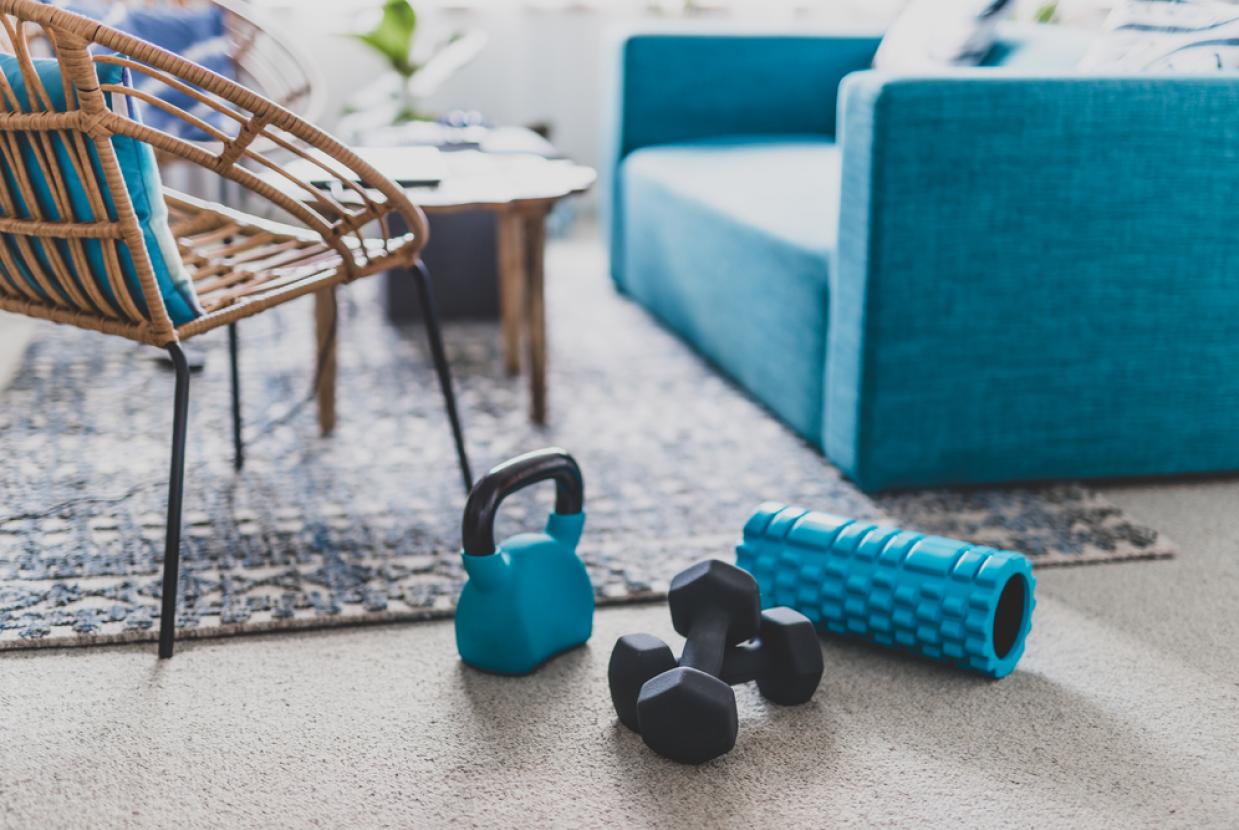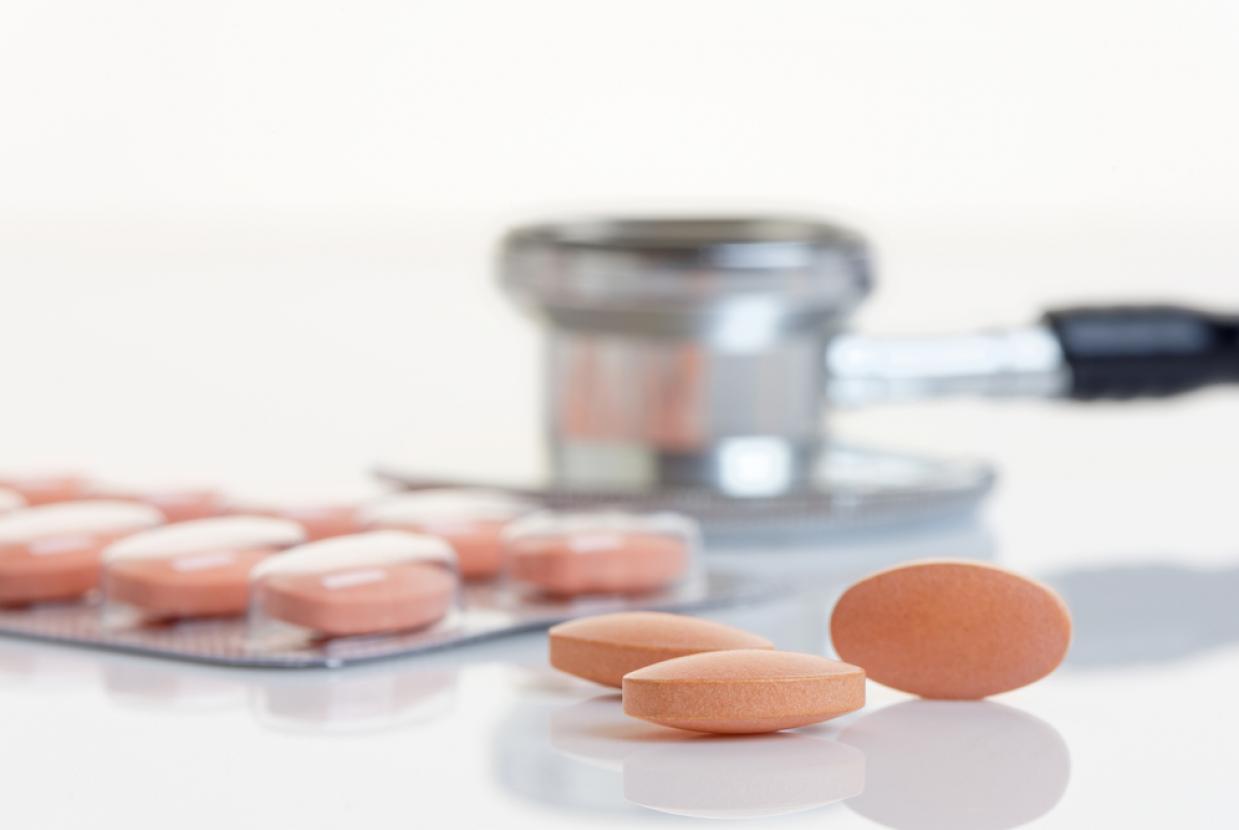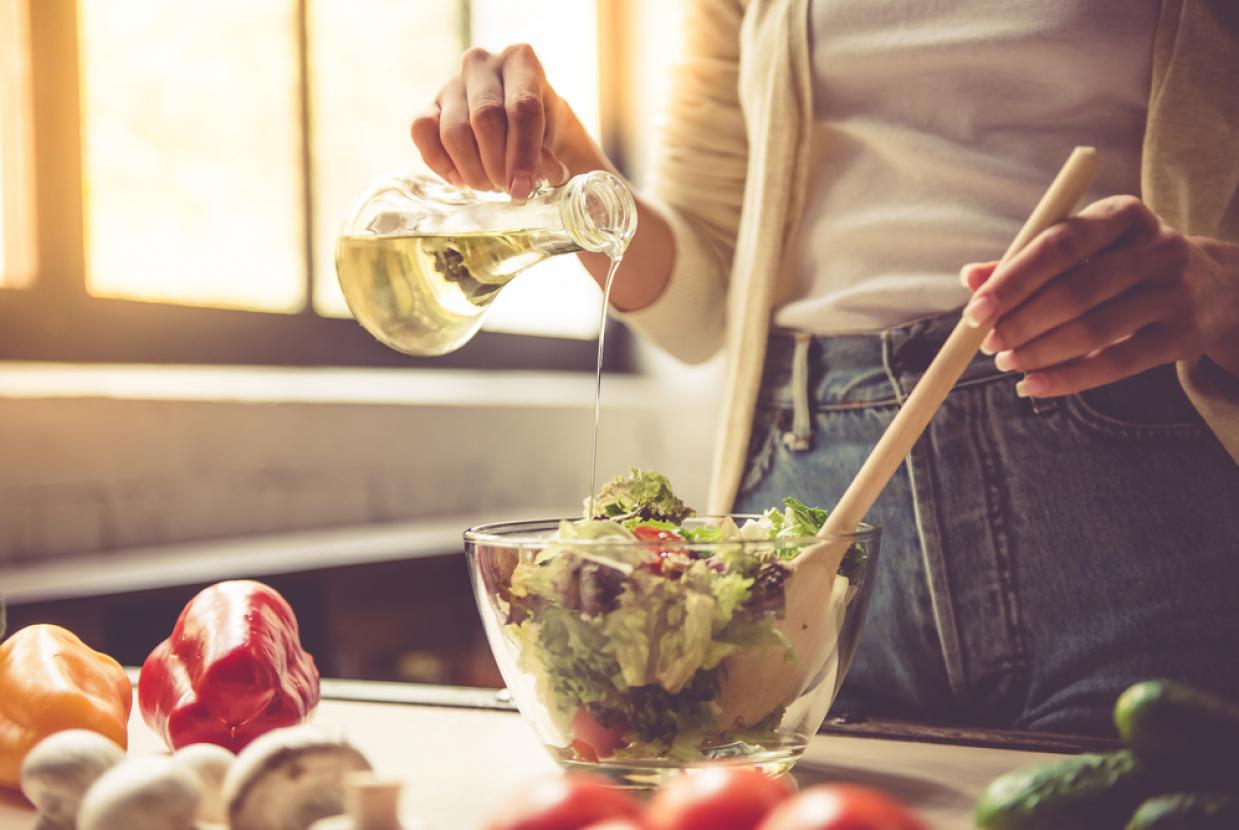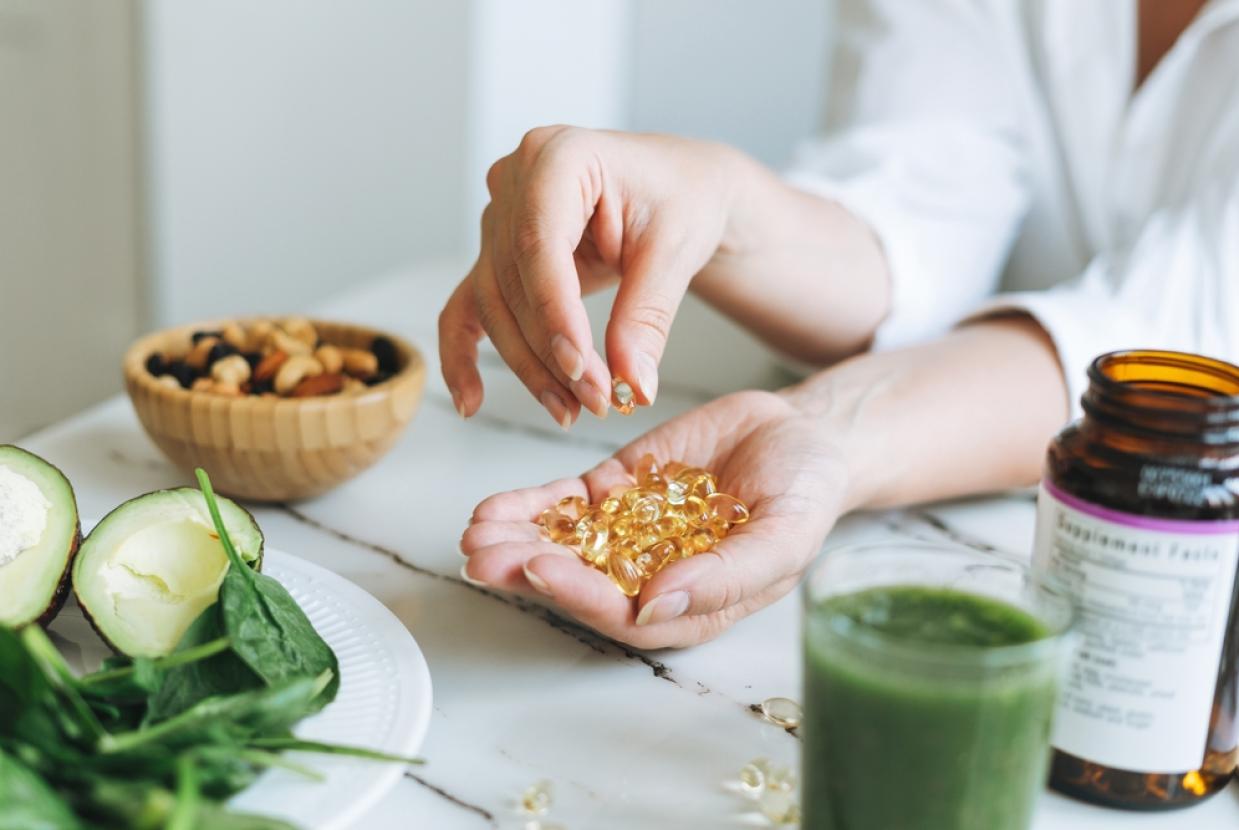Are these 'healthy' snacks good for you?
Heart Health / Healthy DietThis week is Nutrition and Hydration Week. Here is some helpful information to make sure you aren't falling into a marketing trap when it comes to 'healthy snacks'.
The shops are full of ‘healthy’ snacks like protein bars, fruit and nut bars, popcorn and rice cakes. But are these foods really that good for you?
Many of us snack in between our meals. This can be on chocolate, cakes, biscuits and crisps which are not the best for everyday choices, whereas fruit and veg are a good way to fill the gap. But there are growing numbers of manufactured products claiming to be a healthy option. Here is some food for thought next time you are grabbing a snack.
Protein Bars
There is a trend for products with added protein, but most of us already get more protein than we need.
Foods rich in protein can be more filling to eat than foods high in carbohydrate or fat, which might be helpful if you are trying to lose weight, but ‘high protein’ does not necessarily mean it is healthier - they still contain calories.
If you do want to increase the amount of protein in your diet, healthy sources of protein include unsalted nuts, low-fat yoghurt and hard-boiled eggs.
Cereal Bars
The ingredients of cereal bars and granola bars can vary widely – but it’s worth remembering that however wholesome their packaging may look, they are not necessarily a healthy choice.
Avoid chocolate-dipped or yoghurt-coated varieties (yoghurt coatings usually contain added ingredients like palm oil and sugar, which aren’t in actual yoghurt) or ones containing salted caramel, marshmallows, chocolate chips or coconut. Some bars have more calories than a Mars bar.
If you are choosing a cereal bar, look for ingredients like nuts and oats, which will be a more filling choice and have more fibre than ones based on puffed rice or other refined cereals. Use the nutritional information to identify the options with the least sugar per 100g and compare the calorie content per portion. Aim for less than 150kcal per portion (this is a good rule for other snacks too).
Rice Cakes and Crispbreads
Crackers are often seen as a healthier option than bread, but that’s not always the case. Check nutrition labels and ingredients, and the salt and fat per 100g. Avoid anything with palm oil, butter or cheese, as these contain saturated fat.
Many crispbreads are made without added fat, but still check the salt content. Seeded crispbreads may be higher in fat because of natural oils in the seeds, which isn’t a problem if there isn’t fat added.
Rice cakes are a low-calorie option, but make sure to choose plain, unsalted versions. What goes on top is equally important – enjoy them plain or try low-fat cream cheese, banana, avocado, sliced tomatoes or unsalted peanut (or almond) butter.
Popcorn
Popcorn is a wholegrain snack and can be a low-calorie choice. The popping of the corn adds air, so you feel like you are getting a lot for not too many calories. But take care with ready-prepared versions. Flavoured varieties are often high in salt or sugar – check the nutritional information to find which is lowest in salt and sugar per 100g.
It’s easy to make your own popcorn at home and you can add healthy flavourings such as dried herbs, cinnamon or chilli rather than salt or sugar.
For the full list, follow the link - www.bhf.org.uk







